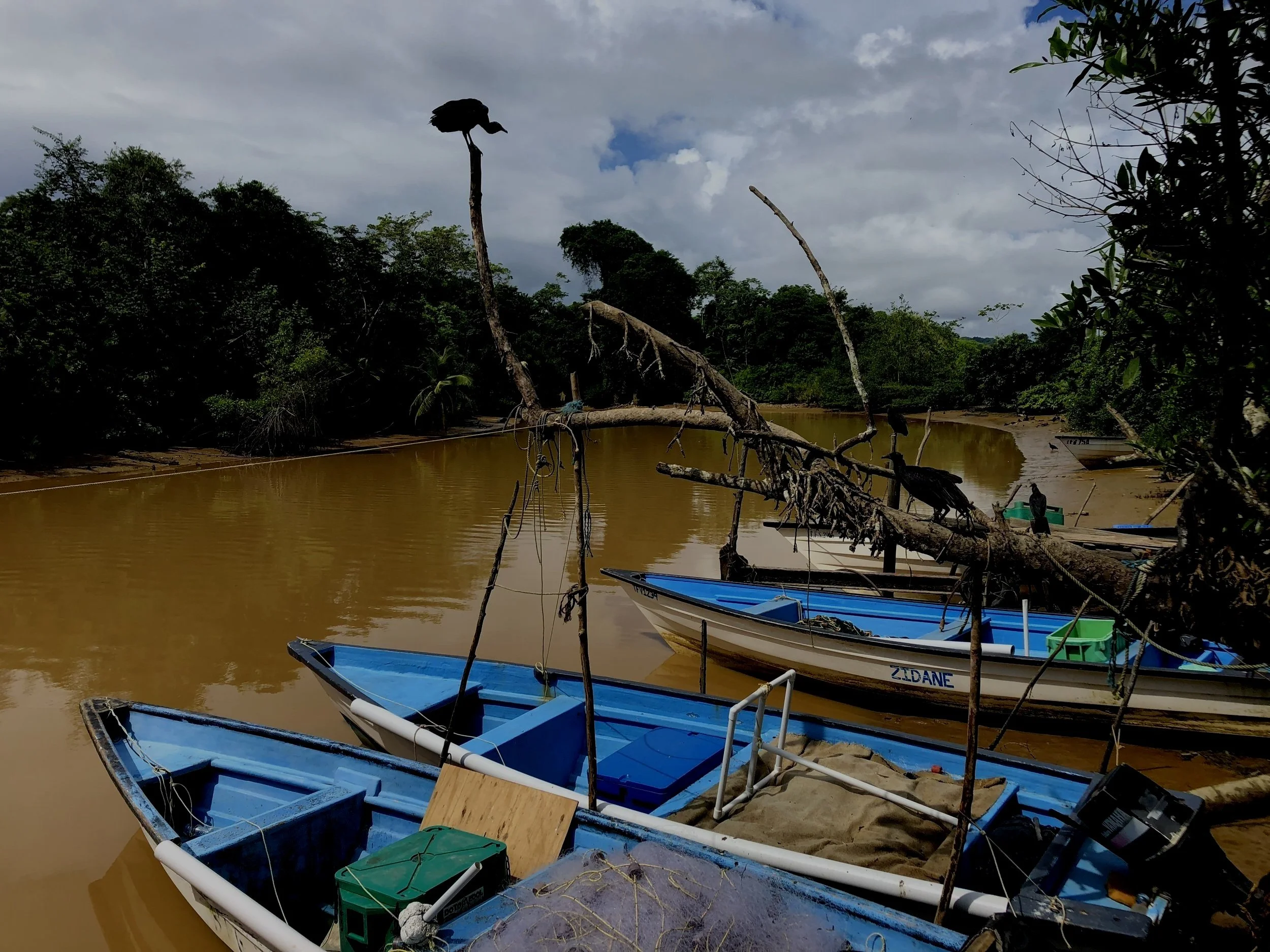
Convergent Crimes
Human Trafficking
Human trafficking refers to the exploitation of individuals through force, coercion, or deception for purposes such as forced labour, sexual exploitation, or domestic servitude. In the Caribbean, traffickers frequently target vulnerable populations—including women, children, and migrants—often operating across borders and through informal economies. These same criminal networks are increasingly linked to wildlife trafficking, using shared smuggling routes, corrupt intermediaries, and illicit markets to move both people and wildlife products undetected.
Human trafficking complicates wildlife enforcement by diverting limited resources and embedding wildlife crimes within broader criminal economies. It weakens the rule of law, fosters corruption, and contributes to environments of impunity where multiple forms of exploitation thrive. In some cases, trafficked persons may be forced into roles such as wildlife harvesting or illegal trade, compounding harms to both human well-being and animal welfare. These overlaps further undermine biodiversity conservation and destabilise communities already facing economic and social vulnerabilities.
While human trafficking is increasingly recognised as a convergent threat within the wildlife crime landscape, more research and coordination are needed to unpack the full extent of its role in wildlife crime. Regional collaboration, stronger victim-protection frameworks, and integrated enforcement strategies will be key to addressing these interconnected challenges.
Related Blogs
Our blog section is growing. Check back soon for new posts related to this topic.
